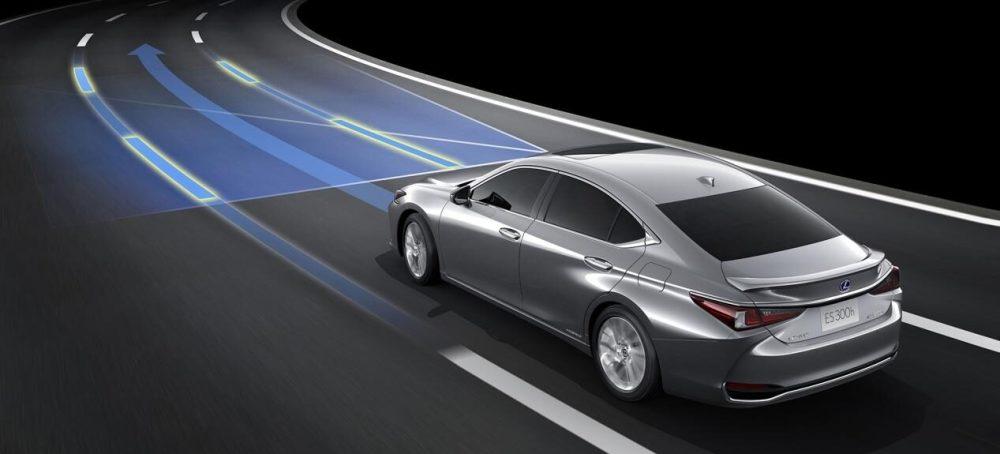Joint venture brands love to engage in "reduced allocation" in the country, for the Chinese people have long been a common thing, whether it is German cars or Japanese cars, Korean cars, only you can not think, there is no place where they can not be reduced.
Especially for some Japanese brands, the configuration of low-end models can be called "rough rooms", and even the passive safety configuration can be quietly reduced, not to mention the assisted driving we are going to talk about today. At this stage, Japanese cars with L2-level auxiliary driving functions are often only high-end brands or top-end models, which is not a little worse than our conscientious domestic brands.

However, recently, according to foreign media reports, around 2022, some Japanese automakers, including Mazda and Toyota, will popularize L2-level and L2-level assisted driving technology for their mainstream models to catch up with the progress of other camp car companies. According to the Japanese research agency, by 2030, 62% of Japanese cars will have L2 assisted driving functions. Speaking of this, Xiaobian will inevitably associate, at this stage, our domestic cars are afraid that they have exceeded 62% of this number, right?
So what is the reason why Japanese brands that did not pay much attention to assisted driving before suddenly collectively made efforts to engage in intelligence? Xiaobian believes that there are the following reasons.
One is the change in consumer demand, in today's era of greatly improved pace of life, many consumers buy a car is not as good as 10 years ago, only require stable driving on the line, more users want to get efficient commuting efficiency, as well as a relaxed and comfortable driving experience, after all, most of the working class's daily work has been quite busy, if you have to grasp the steering wheel in an increasingly complex traffic environment in the process of driving on the way to and from work, how to say is not a pleasant life experience, Therefore, at this time, a good auxiliary driving function has become a plus that many people attach great importance to when buying a car.
Second, we know that pure electric vehicle models have been an inevitable trend in the future, and in this regard, our Chinese brands can be said to have seized the best opportunity and gradually achieved curve overtaking, and although the Japanese brand is the sales king of the fuel vehicle era, it has not been able to go to the forefront of the times in new energy models, and it can be found that many Japanese manufacturers have only recently begun to carry out the strategic layout of pure electric models, and have been left behind by competitors.
Then in such a backward situation, these Japanese car companies need to add some configurations that are more in line with the era of intelligent cars on their mainstream models to extend the service life of their fuel models, so as to win valuable time for their pure electric transformation.
The third point is to change the consumer's point of view in this way, especially the traditional cognition that domestic consumers think that Japanese brands are equal to "low configuration", to know that now with the increasing cost performance of domestic brands, the low-end Japanese models in the domestic market are not as popular as in the past, so we can see that the recent Japanese model configuration seems to have a lot of conscience, and the popularization of the future auxiliary driving function can further improve the brand image of Japanese brands in China to improve their product competitiveness.
Write at the end
Do you think it is too late for Japanese cars to "make up for it" in terms of auxiliary driving functions? Leave a comment in the comments section and let's discuss this together.